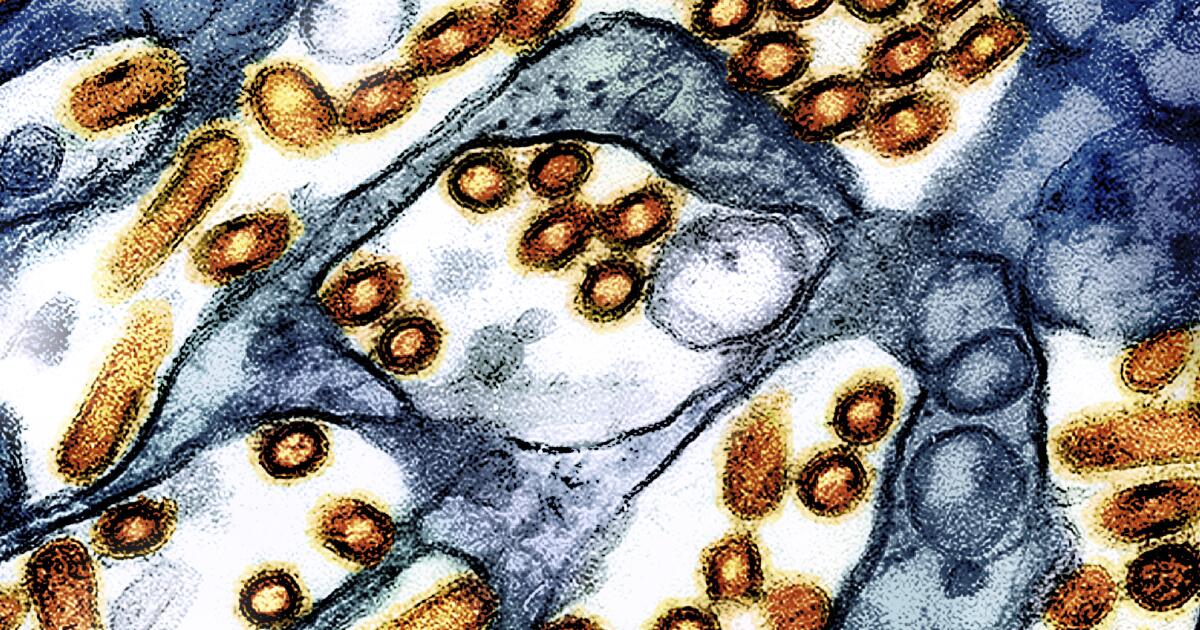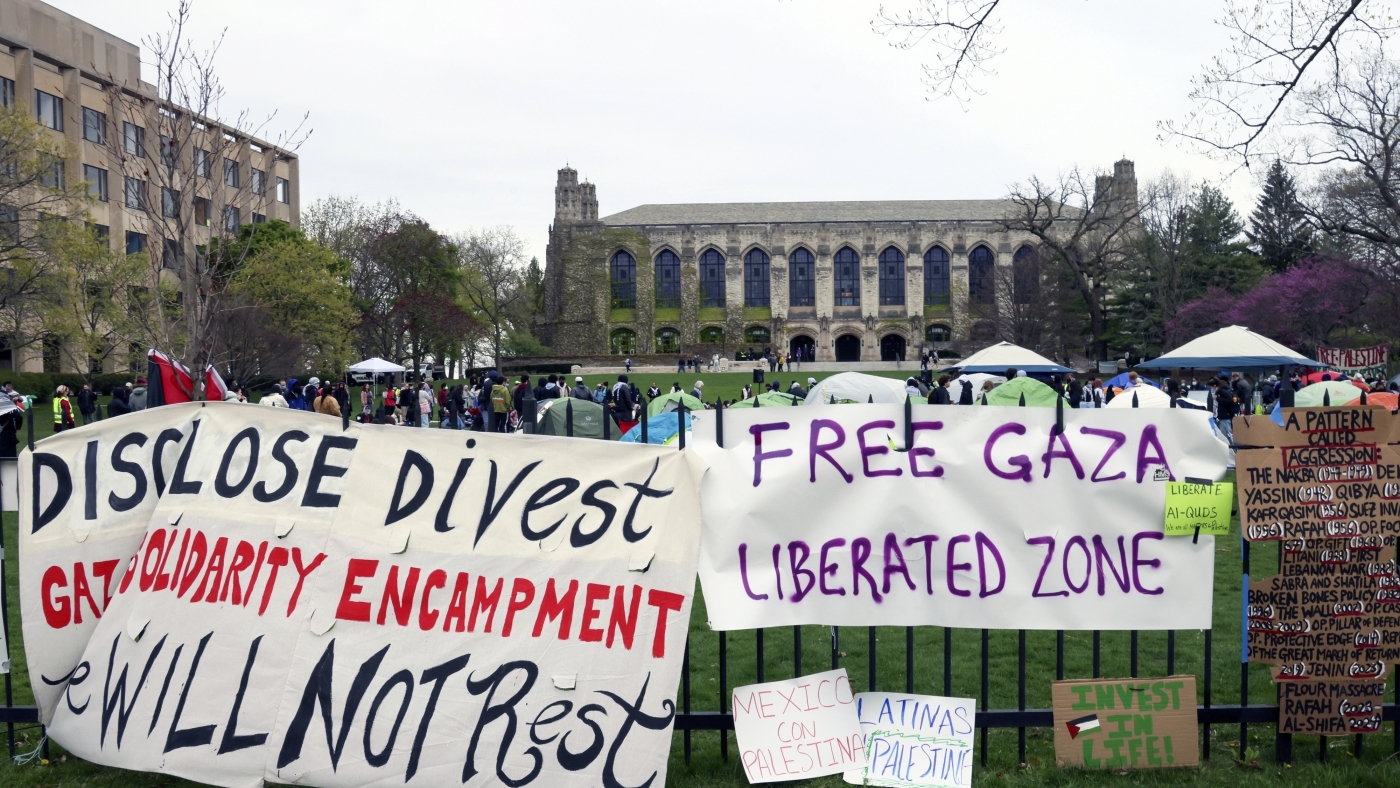Austin, TX
Latchkey Legends Podcast Featuring Karen Browning

In Episode 2 of Latchkey Legends, Recreation Programs Specialist Santanu Rahman talks with Karen Browning, a Senior Training Coordinator at the University of Texas at Austin, about life as a Gen Xer.
Latchkey Legends is a Varsity Generation Podcast project that features Generation X. Gen Xers were born betwen 1965-1980. Many Gen Xers have turned 50 or are in their 50’s, and as such, are qualified to be part of Varsity Generation programs! But Gen Xers have a unique take on the world that is a little different from the Baby Boomers. In this podcast project, hosted by Santanu Rahman, a Gen Xer Recreation Programs Specialist at Montopolis Recreation and Community Center, you get to hear about the interesting life experiences that Gen Xers have gone through!

Austin, TX
Austin police investigate early morning shooting outside club; victim stable

AUSTIN, Texas — Austin police are investigating a shooting that happened early Friday morning after an altercation in front of a north Austin night club.
Police say that the shooting happened just after 1 a.m. Friday morning in the parking lot at the Rodeo Night Club at 9515 N. Lamar Blvd.
APD says that a man in his 20s was taken to the hospital with gunshot wounds.
ALSO | Lawyer: 19-year-old student detained, deported before flight to Austin for Thanksgiving
The injuries were first reported as critical, but the victim was later determined to be in stable condition, according to police.
Two suspects were detained at the scene, police say, and the incident is being investigated as an aggravated assault.
Austin, TX
Texas vs. Texas A&M rivalry reignites excitement among fans tailgating for game

AUSTIN, Texas — The excitement around the Texas vs. Texas A&M game returned to the 40 acres this weekend. After students camped outside the stadium to secure prime seats, the tailgate lots were full up with Longhorns and Aggies fans alike.
“Go Horns!” exclaimed Darrick Price from UT Tailgaters, celebrating the reunion with “little brother.” Laura McWha, a Texas A&M fan, added, “WHOOP!!” as Aggies traveled from College Station for the game.
Price noted, “It feels amazing. We’re so happy that little brother’s back in town.” The rivalry, restored last year, has friends and family rooting against each other in what is the biggest home game for Texas this year. “I have a senior now who’s considering which school he wants to go to, and I just think it means everything for this city,” Price said.
PREVIOUS COVERAGE| Longhorns vs. Aggies tickets soar as fans prepare for epic showdown
McWha expressed confidence, saying, “We’ve been doing great this season….We’re gonna show what we’ve got.”
This was about as fiery as the smack talk got today as fans enjoyed communing with their frenemies in the lots.
Lanece Marley, another A&M fan, shared, “I think it’s wonderful. We love coming. We love celebrating with these guys.”
Hannah Morgan, an Austin-native and Aggie grad, reflected on her divided household, saying, “Oh yes I know what it means. It means everything to us.” With a father and brother who went to UT-Austin, Morgan says she successfully converted her mother over to rooting for the Aggies. Morgan also anticipated the game, stating, “I think it’s going to be really sweet to get revenge… to beat them at home would be a big deal for us.”
Texas won last year’s matchup in College Station, which was the first meeting between the two schools since 2011.
Austin, TX
Texas A&M Corps of Cadets carrying the Lone Star Showdown game ball to Austin

COLLEGE STATION, Texas (KBTX) – Football is a big tradition on Thanksgiving Day, and while the Aggies didn’t play, the Texas A&M Corps of Cadets were helping the team get ready by going on a journey to Austin.
Around 80 members of the corps gathered at a lot near Kyle Field at 7:30 p.m. on Thanksgiving Day, where they would begin a 100-mile relay-style event. Broken up into teams, they’ll run to the Corps’ march staging area in Austin, escorted by police, with the plan to be there by 11 a.m.
From there, they will march in with the fightin’ Texas Aggie Band to finish the delivery.
“The goal of this is to be able to inspire the next generation of Aggies and to be able to encourage the entire campus. The entire Aggie network is brought together because we, as the Corps, were inspiring and helping our Aggie team, the football team, as they get ready to take on Texas,” said Carson Seiber, a member of the Texas A&M Corps of Cadets and event coordinator.
Seiber said since he was a freshman who learned A&M would be playing Texas in Austin his senior year, it was his dream to bring back the tradition that he said started over two decades ago.
“I had this dream, and I kind of talked to people, and now that it’s my senior year, I really had an idea about why not bring the tradition back, why not kind of leave a mark, leave a legacy on the Corp and Texas A&M that hasn’t really happened in a long time,” Seiber said.
The plan really finalized itself about a week ago, but was pitched two months ago. He said what really separates Texas A&M University from every other school is its core values.
“I think it’s been really cool to see the fact that when the Aggies are successful, we see our Aggies support each other, but also in times when are Aggies have not been good at football or tragedies like bonefire, our Aggies are there in victory or defeat,” Seiber said.
The Aggies will take on the Texas Longhorns tomorrow at 6:30 p.m.
Copyright 2025 KBTX. All rights reserved.
-

 Science1 week ago
Science1 week agoWashington state resident dies of new H5N5 form of bird flu
-

 Business5 days ago
Business5 days agoStruggling Six Flags names new CEO. What does that mean for Knott’s and Magic Mountain?
-

 Politics2 days ago
Politics2 days agoRep. Swalwell’s suit alleges abuse of power, adds to scrutiny of Trump official’s mortgage probes
-

 Ohio4 days ago
Ohio4 days agoSnow set to surge across Northeast Ohio, threatening Thanksgiving travel
-

 Southeast1 week ago
Southeast1 week agoAlabama teacher arrested, fired after alleged beating of son captured on camera
-

 News1 week ago
News1 week agoAnalysis: Why Democrats are warning about Trump giving illegal orders | CNN Politics
-

 Business1 week ago
Business1 week agoFormer Google chief accused of spying on employees through account ‘backdoor’
-

 Technology3 days ago
Technology3 days agoNew scam sends fake Microsoft 365 login pages
















